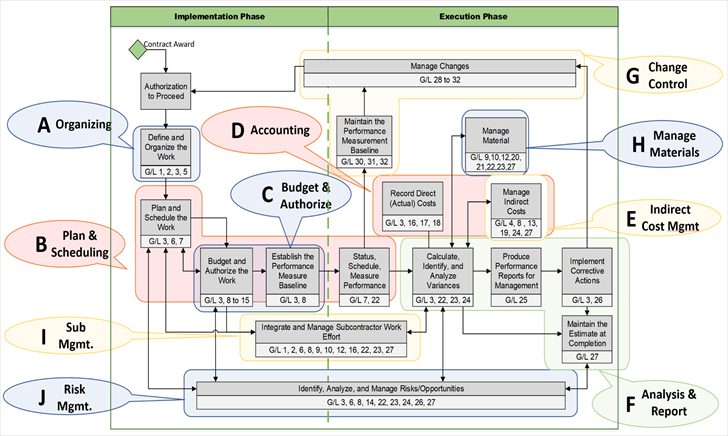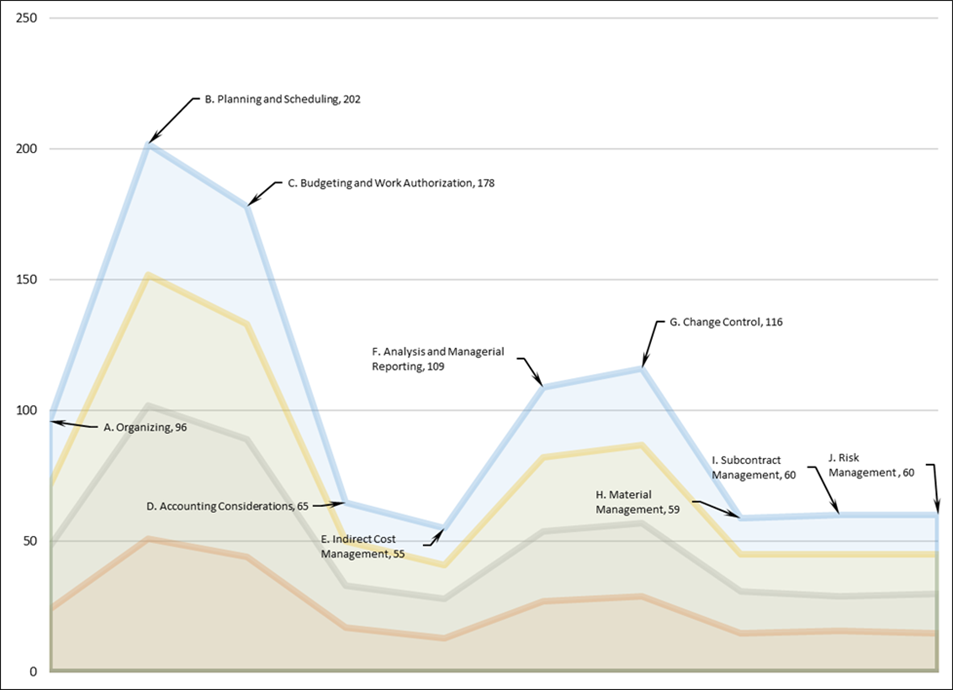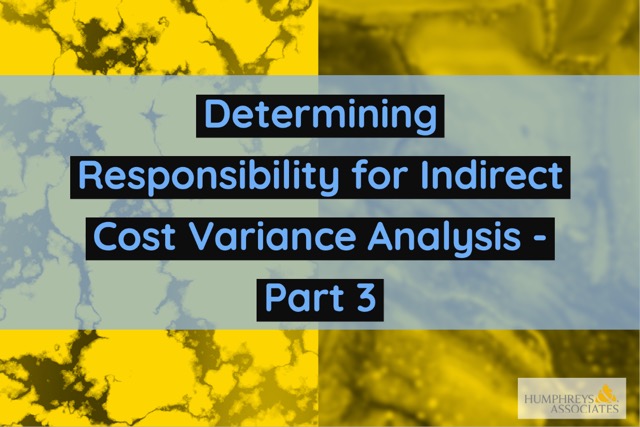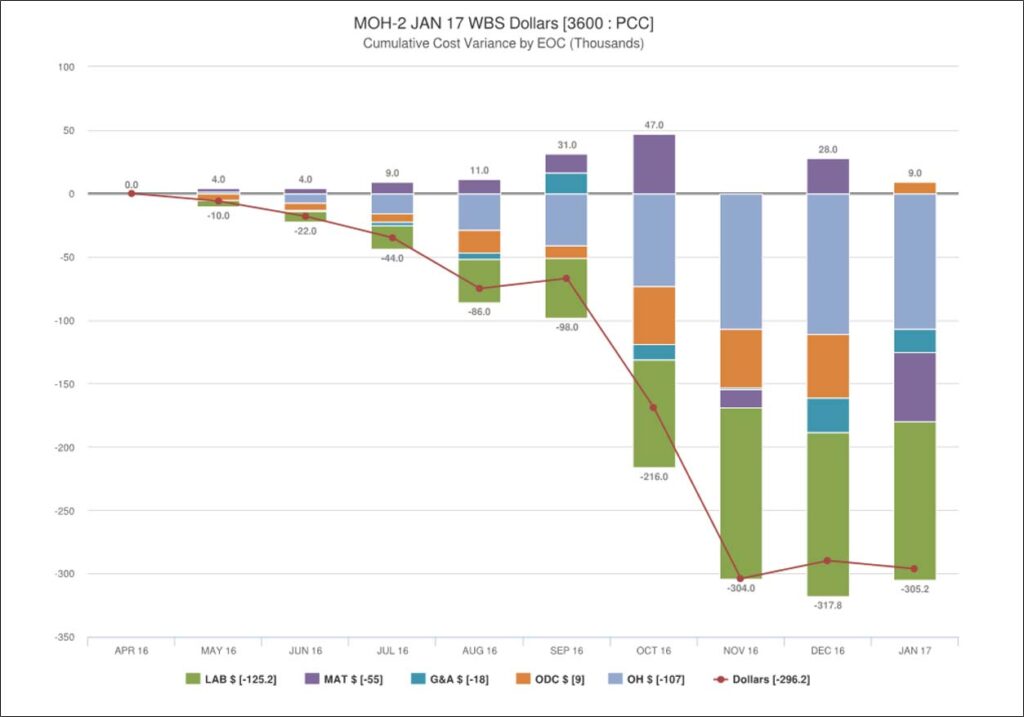The Role of EVM Consulting in Effectively Managing Projects Using Agile
Understanding EVM Consulting
EVM consulting helps in effectively managing projects where some work elements are using Agile product development processes by providing expertise in Earned Value Management and how to implement an EVMS that accommodates Agile. Since Agile is a product development methodology and EVM is project management discipline, it is possible to implement both approaches on the same project provided care is taken to document their alignment and linkages. EVM consulting assists with defining the specific areas where Agile and EVM processes and data integrate, increasing the likelihood of project success.

How EVM Consulting Helps Manage Projects Using Agile
EVM consulting helps to effectively manage projects that are using Agile product development processes by providing expert guidance on implementing Earned Value Management practices that accommodate Agile. It allows project managers to track project performance, identify potential issues, and make informed decisions to ensure the project stays on track. EVM consulting also helps in establishing a realistic Performance Measurement Baseline (PMB), improving project forecasting, and enhancing communication among project stakeholders.
Key Components of EVM Consulting
EVM consulting involves implementing a structured and integrated approach to organize, accomplish, and manage all project work effort. The processes include integrating project scope, schedule, and cost objectives, establishing a baseline plan to accomplish project objectives, and using earned value techniques for performance measurement throughout the project execution phase. The main components include:
- Performance Measurement Baseline (PMB): Establishing the PMB is a culmination of the integrated planning, scheduling, and budgeting processes and provides a common basis to measure work accomplished as well as to track scope, schedule, and budget changes.
- Variance Analysis: Identifying and addressing deviations from the plan helps to ensure technical, schedule, and cost objectives are met by implementing timely corrective actions.
- Forecasting: Predicting future project performance based on current trends.
- Risk Management: Assessing and mitigating potential threats to project success.
Implementing EVM Consulting for Projects Using Agile
EVM consulting can be an effective way to manage projects that are using Agile product development processes. It helps in tracking project performance and ensuring that it stays within budget and on schedule. With EVM consulting, you can gain valuable insights into the project’s progress and identify any areas needing improvement early on. For those interested in enhancing their EVM proficiency, the EVMS DOD Virtual Learning Lab offers an intensive online EVM training course. This can lead to better decision-making and more efficient project management, ultimately contributing to the project’s success.
Best Practices for EVM Consulting for Projects Using Agile
Incorporating EVM consulting for projects using Agile helps in effective project management. Some best practices include:
- Integration: Producing a project directive or procedure that defines how the Agile processes will be integrated with the EVM processes to ensure alignment and data traceability for scope management, scheduling, budgeting, and forecasting as well as to track project progress and performance efficiently. This integration allows for greater visibility and control over the project’s financial and schedule performance, aiding in proactive decision-making and risk management.
- Adaptation: Incorporating content into your EVM System Description that discusses the touch points between the Agile and EVM processes to support the iterative and incremental nature of Agile product development, allowing for more accurate measurement of progress and forecasting of project outcomes.
- Transparency: Ensure clear communication between the project control team and Agile product development teams to foster collaboration and decision-making. Transparency strengthens trust and enables everyone to make informed contributions towards project success.
- Continuous Improvement: Regularly review and adapt EVM practices to enhance project control and product delivery. By embracing continuous improvement, project control teams can refine their EVM processes to better align with evolving project needs and industry best practices.
Conclusion: Maximizing Project Management Effectiveness with EVM Consulting
EVM consulting plays a vital role in maximizing project management effectiveness, especially for projects using Agile product development processes. By leveraging EVM techniques, project managers can gain valuable insights into project performance, identify potential risks, and make informed decisions to drive project success. With EVM consulting, project teams can maintain a strong focus on project objectives, assess progress against predefined criteria, and adapt their approaches as needed. This approach enables more effective resource allocation, risk mitigation, and ultimately, project success.
FAQs: Frequently Asked Questions About EVM Training Courses
- Are EVM courses suitable for those who have no knowledge of EVM? Yes, the EVM courses offered by Humphreys & Associates are suitable for both beginners and professionals who want to improve their skills. They offer a range of course options, including online self-paced and live virtual instructor-led courses, to accommodate different schedules and learning styles.
- What is the method of delivery for the training? Humphreys & Associates offers online self-paced and live virtual instructor-led courses. The online training is a complete presentation of Humphreys & Associates’ highly regarded three-day EVMS training workshop in an online, interactive, multimedia format.
- What documentation is available that can help me understand EVMS and Agile and how they are related? To understand the relationship between EVMS and Agile, the DoD Acquisition Data and Analysis (ADA) Integrated Program Management (IPM) Division has produced resources such as the “Agile and EVM: A Program Manager’s Desk Guide.” This guide explains how Agile methodologies can be integrated with existing DoD program management and system engineering processes, including EVM: NDIA IPMD Industry Practice Guide for Agile on Earned Value Management Programs.
- Does the fact that Agile/Scrum Sprints have very short durations cause a problem with EVMS? Agile/Scrum Sprints with very short durations do not cause a problem with EVMS. Teams update their progress daily, and it is preferable if the Sprints are four weeks or less and align with the cut-off dates for the EVMS.
- What roles within the Project Management Office (PMO) are there for EVMS and for Agile and how do they relate? The roles within the Project Management Office (PMO) for EVMS and for Agile are varied. For instance, the Scrum Master is a facilitator on the Scrum team and there is no corresponding EVMS role. The team members organize themselves so there is no team lead like the control account manager (CAM) in an EVMS, however, someone on the team will need to function as the CAM for required EVMS actions.
- Should the EVM System Description be a single document or a summary document with supporting procedures? There are pros and cons to each approach. The benefit of a single document is that it provides an integrated view of the entire EVMS process without having to reference multiple documents.
- How can I ensure that my EVMS complies with the EIA-748 guideline requirements? Humphreys & Associates recommends conducting a requirements analysis or gap analysis to assess what you are currently doing against the EIA-748 32 guidelines taking into account your desired end state and current or impending contractual requirements. The assessment identifies strengths and weaknesses and provides specific recommendations to implement a compliant EVMS.
- How can I prepare for an EVMS compliance review? Humphreys & Associates recommends conducting mock EVMS reviews. These reviews provide an independent, fact-based assessment of your EVMS, its implementation, data quality, and proficiency level of EVMS project personnel.
- What is the importance of continuous training in maintaining quality schedule and cost data in EVMS? Continuous training is important to ensure project personnel are using the schedule and cost tools effectively, are following the EVMS processes and procedures, and understand what is required to produce and maintain quality data. Humphreys & Associates recommends a proactive stance, with robust change control processes, continuous enhancement of documented practices, and improvements to data management systems to ensure accuracy and traceability.
- How can I ensure data integrity in my EVMS? Ensuring data integrity in your EVMS involves making sure that the schedule and cost software tools are properly configured, data validation checks are routinely performed, and that schedule and cost data align. Humphreys & Associates recommends a proactive stance, with robust change control processes, continuous enhancement of documented practices, and improvements to data management systems to ensure accuracy and traceability.
EVM Training Course List
To enhance your skills in this area, we present a comprehensive list of EVM Training Courses tailored to meet the needs of various stakeholders, from project managers to government contractors. Whether you’re preparing for a customer Integrated Baseline Review, seeking to improve your EVM proficiency, or aiming to pass certification exams, these courses offer valuable insights and practical experience. Delivered in an online format, these courses provide the flexibility to learn at your own pace while ensuring a deep understanding of EVM principles and their application in real-world scenarios.
CAM Discussion: The CAM Discussion serves as an essential component of the preparation process for a customer Integrated Baseline Review (IBR), compliance review, or surveillance review. This simulation offers a practical experience of a CAM documentation review and interview session, illustrating how a proficient CAM conducts an interview with a government customer. Additionally, it provides a useful recap emphasizing key technical points along with suggestions for follow-up action items.
CAM Essentials_DOD: CAM Essentials provides comprehensive training to improve EVM proficiency and understanding of the basics. This online training bundle features the EVMS Virtual Learning Lab (DOD), Scheduling Virtual Learning Lab, and CAM Discussion courses, all available separately.
CAM Essentials_DOE: CAM Essentials offers comprehensive tools for improving EVM skills and understanding the fundamentals. This online training bundle includes the EVMS Virtual Learning Lab (DOE), Scheduling Virtual Learning Lab, and CAM Discussion courses, each available separately.
CAM Essentials_NASA: CAM Essentials provides comprehensive training to improve EVM proficiency and understanding of the basics. The online training bundle includes the EVMS Virtual Learning Lab (NASA), Scheduling Virtual Learning Lab, and CAM Discussion courses, which are also available individually.
CPR/IPMR/CFSR Completion and Reconciliation: The Integrated Program Management Report (IPMR) and Contract Funds Status Report (CFSR) are crucial communication tools between contractors and their customers. This online course provides valuable insights into the proper completion of these reports and their reconciliation.
EVMS Certification and Preparation Quiz: This online course comprises 120 questions in four separate quizzes, covering the nine EVMS process groups, the Contract Performance Report (CPR)/Integrated Program Manager Report (IPMR), earned value data analysis, Integrated Baseline Review (IBR), and compliance reviews. It serves as an excellent study and preparation resource for the AACE International Earned Value Professional (EVP) or the PMI Project Management Professional (PMP) certification exams.
EVMS DOD Virtual Learning Lab: The EVMS Virtual Learning Lab offers a comprehensive 21-hour instruction program. This online training delivers Humphreys & Associates’ acclaimed three-day EVMS workshop in an interactive, multimedia format. The video content includes all workshop coursework, quizzes, and case studies, allowing students to assess their understanding and receive prompt feedback through scored quizzes and exams.
EVMS DOE Virtual Learning Lab: The EVMS Virtual Learning Lab offers a comprehensive 21-hour online training program. This interactive multimedia format is based on Humphreys & Associates’ acclaimed three-day EVMS workshop, delivering all course content, quizzes, and case studies in a video format. Students can assess their understanding through scored quizzes and exams.
The course can be used for project personnel to enhance their EVM proficiency or for someone who wants to learn the basics of earned value management at their own pace.
EVMS NASA Virtual Learning Lab: An intensive 21-hour online training program that offers a complete presentation of Humphreys & Associates’ three-day EVMS workshop. The course has been adapted into an interactive multimedia format, including all quizzes and case studies from the original workshop. Students can test their knowledge and receive immediate feedback through scored quizzes and exams.
The course can be used for project personnel to enhance their EVM proficiency or for someone who wants to learn the basics of earned value management at their own pace.
IBR – Online Video: The Integrated Baseline Review (IBR) course is designed to provide a comprehensive understanding of the IBR process. It is a fast-paced presentation that is essential for ensuring a clear grasp of the technical requirements of a project and establishing accurate schedule and cost goals. This course offers a detailed explanation of the review process and can be tailored to provide training for specific needs and timings. The approximate duration of the course is 2 hours.
OTB/OTS Implementation – Online Video: Learn about Over Target Baseline (OTB) and Over Target Schedule (OTS) Implementations in this approximately 1 hour and 30-minute video.
A formal re-programming action, known as an OTB and/or an OTS, may occur during risky major acquisitions. Understanding the rationale for and the various methods used to implement an OTB/OTS, as well as correctly completing the IPMR/CPR formats in accordance with the Data Item Description (DID) instructions, is not a simple process. Our video provides clarity on this complex process.
The video includes completed IPMR/CPR Formats 1, 2, and 3, showcasing four OTB methods, along with before and after Baseline graphs for each method. It also contains examples and Baseline graphs for Over Target Schedule, Format 3.
Scheduling Virtual Learning Lab: The Scheduling Virtual Learning Lab offers an intensive 21 hours of instruction covering critical path fundamentals, schedule baseline, float, network logic development, risk assessment, changes, and scheduling in an EVMS environment. The content is based on the well-regarded three-day Project Scheduling Workshop by Humphreys & Associates, adapted to a video format and featuring quizzes and case studies for immediate knowledge testing and feedback.
The course is designed for project personnel looking to enhance their project scheduling skills and for individuals who want to learn the fundamentals of project scheduling at their own pace.
A student who completes the Scheduling course will earn 21 Professional Development Units (PDUs) or 2.1 Continuing Education Units (CEUs).
For information on Corporate or Quantity Discount pricing, please contact us at products@humphreys-assoc.com or call us at (714) 685-1730.
The Role of EVM Consulting in Effectively Managing Projects Using Agile Read Post »






 A pocketful of information goes a long way in
A pocketful of information goes a long way in